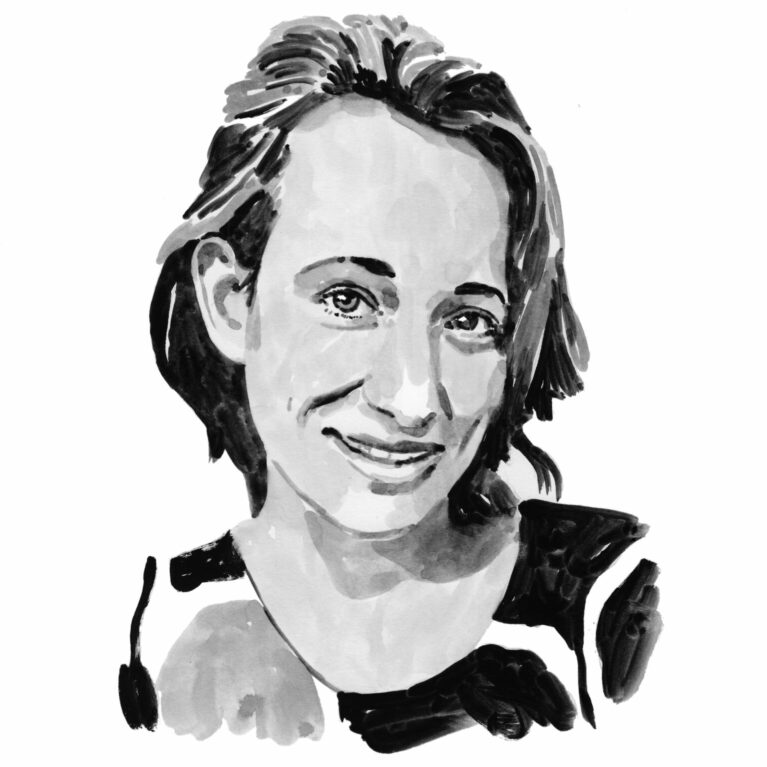Veronika Biskis

Who I am
Since I grew up in California and Hawaii, it probably isn’t surprising to hear that I always felt most at home near the ocean. At a young age I became a certified diver and family vacations were planned around predicted visibility and the movements of pelagic species. After completing my Master’s degree in medical sciences at Boston University School of Medicine, I moved back to the coast, splitting my time between volunteering in vertebrate fossil curation at the San Diego Natural History Museum and working as a teacher. Ever determined to get back into the water, I took up open-water swimming. The murky kelp forests in Southern California felt different every morning, in the company of schools of bat rays, playful sea lions and shy leopard sharks. Weekly training in La Jolla Cove magnified the feeling that I needed to take the next step in making zoology my career. I left the USA in 2018 to volunteer in conservation in Australia. Once I had acquired a taste of 4 am wake-up times and long days spent outside, an office job was officially ruined for me. I began working with Sharks And Rays Australia (SARA) in 2019 and started my PhD in 2021 with the University of the Sunshine Coast. My project focuses on identifying the current and historic distributions of sawfish (tapping into my curation background) and expanding our knowledge of their age and growth and their spatial ecology.
Where I work
I split my time between the University of the Sunshine Coast campus at Hervey Bay in south-eastern Queensland and field work with SARA in the Far North. Our field sites are unique and remote. Coastal mangrove river systems are teeming with life, especially those species capable of tolerating a wide range of salinities. These include sawfish, crocodiles and numerous shark species. Add to that the magnificent terrestrial flora and fauna and you’ve got an environment that can hardly be captured in photographs (though we do our best to try). Working with a species that lives almost exclusively in murky waters and does not come to the surface to breathe can be quite a challenge. For this reason, SARA works with people from all walks of life – fishers, Traditional Owners, Land and Sea Rangers, students and academics. For my lab work, I’m based down south at the facilities at the University of the Sunshine Coast. Sawfish haven’t been seen where I live for many years, but museums hold untapped records of their distribution. In my final year, you will find me travelling between collections compiling this unique dataset.
What I do
Since our campaign began in January 2019, SARA has received more than 1,300 submissions of sightings and accidental captures of all four sawfish species that inhabit Australia. One of my key tasks is to map historical and recent locations and to analyse trends in distribution. The submissions are an important part of our work, as they fill blind spots within a vast but fragmented habitat range that cannot logistically be covered through field work alone. It used to be common practice to remove the saw as a trophy when sawfish were caught, and because of this their numbers have suffered greatly. This is still an ongoing issue, and through collaboration with Queensland Fisheries, SARA maintains a dataset of hundreds of confiscated and donated rostra. We’ve given these rostra a new lease on life, both as educational tools in display cases across the state and in generating new insights into spatial ecology. As a major component of my PhD, I’m exploring microchemical analysis of rostral teeth as a method to investigate shifts in habitat use during a sawfish’s lifetime and to determine where it was born. In this way, rostra become more than merely trophies.
